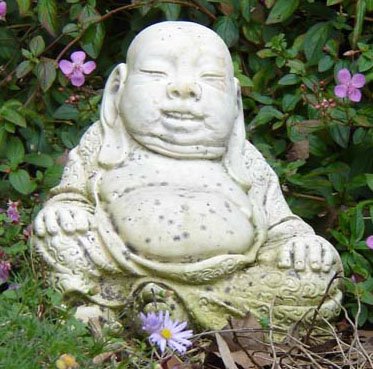
Thursday, July 26, 2007
Saturday, July 21, 2007
Scientists make TV remote redundant with a wave of the hand
Barbara McMahon in Sydney
Friday July 20, 2007
Gaurdian Unlimited
A new device that allows viewers to operate the on/off switch or change channels by simple hand gestures may make the remote control lost down the back of the sofa a thing of the past.
Its inventors, two engineers from Wollongong University in Australia, say the new gadget incorporates a camera that recognises hand signals and translates them into electronic commands for the TV and other audiovisual equipment.
http://www.guardian.co.uk/australia/story/0,,2131226,00.html
Friday July 20, 2007
Gaurdian Unlimited
A new device that allows viewers to operate the on/off switch or change channels by simple hand gestures may make the remote control lost down the back of the sofa a thing of the past.
Its inventors, two engineers from Wollongong University in Australia, say the new gadget incorporates a camera that recognises hand signals and translates them into electronic commands for the TV and other audiovisual equipment.
http://www.guardian.co.uk/australia/story/0,,2131226,00.html
Sunday, July 08, 2007
Sunday, July 01, 2007
Weight loss -

Scattered throughout Northern Japan are two dozen mummified Japanese monks known as Sokushinbutsu. Followers of Shugend, an ancient form of Buddhism, the monks died in the ultimate act of self-denial.
For three years the priests would eat a special diet consisting only of nuts and seeds, while taking part in a regimen of rigorous physical activity that stripped them of their body fat. They then ate only bark and roots for another three years and began drinking a poisonous tea made from the sap of the Urushi tree, normally used to lacquer bowls. This caused vomiting and a rapid loss of bodily fluids, and most importantly, it killed off any maggots that might cause the body to decay after death. Finally, a self-mummifying monk would lock himself in a stone tomb barely larger than his body, where he would not move from the lotus position. His only connection to the outside world was an air tube and a bell. Each day he rang a bell to let those outside know that he was still alive. When the bell stopped ringing, the tube was removed and the tomb sealed.
Not all monks who attempted self-mummification were successful. When the tombs were finally opened, some bodies were found to have rotted. These monks were resealed in their tombs.
They were respected for their endurance, but they were not worshiped. Those monks who had succeeded in mummifying themselves were raised to the status of Buddha, put on display, and tended to by their followers. The Japanese government outlawed Sokushunbutsu in the late 19th century, though the practice apparently continued into the 20th.
Subscribe to:
Comments (Atom)

